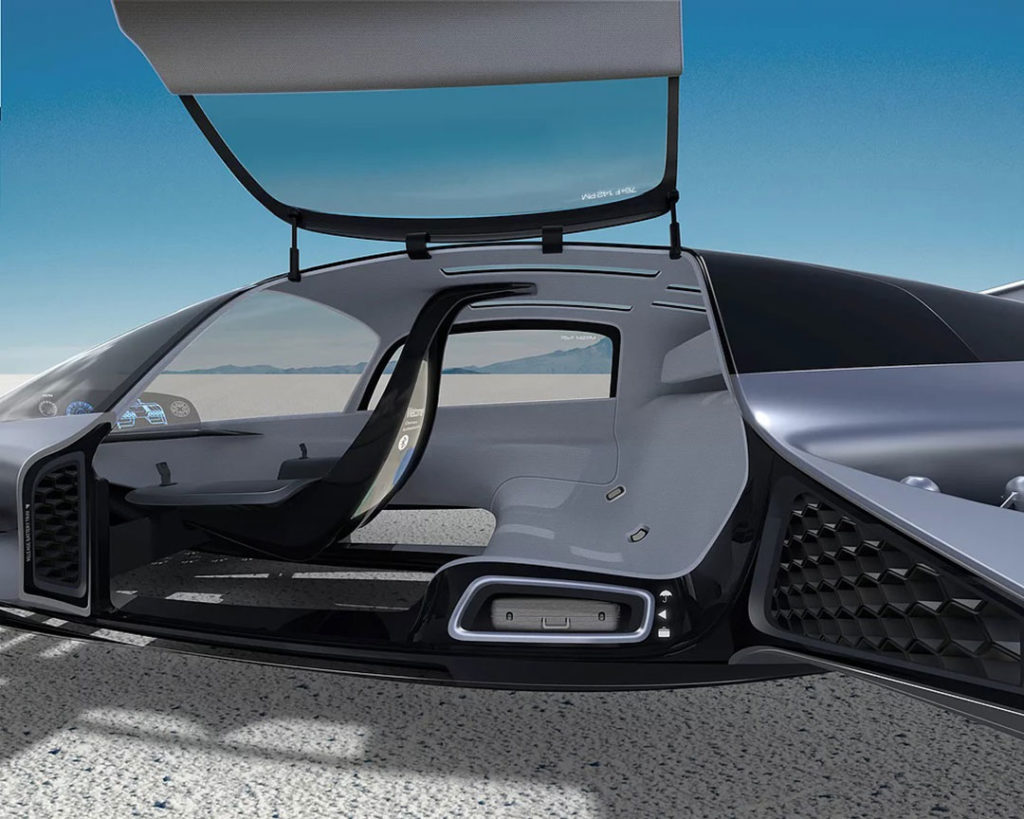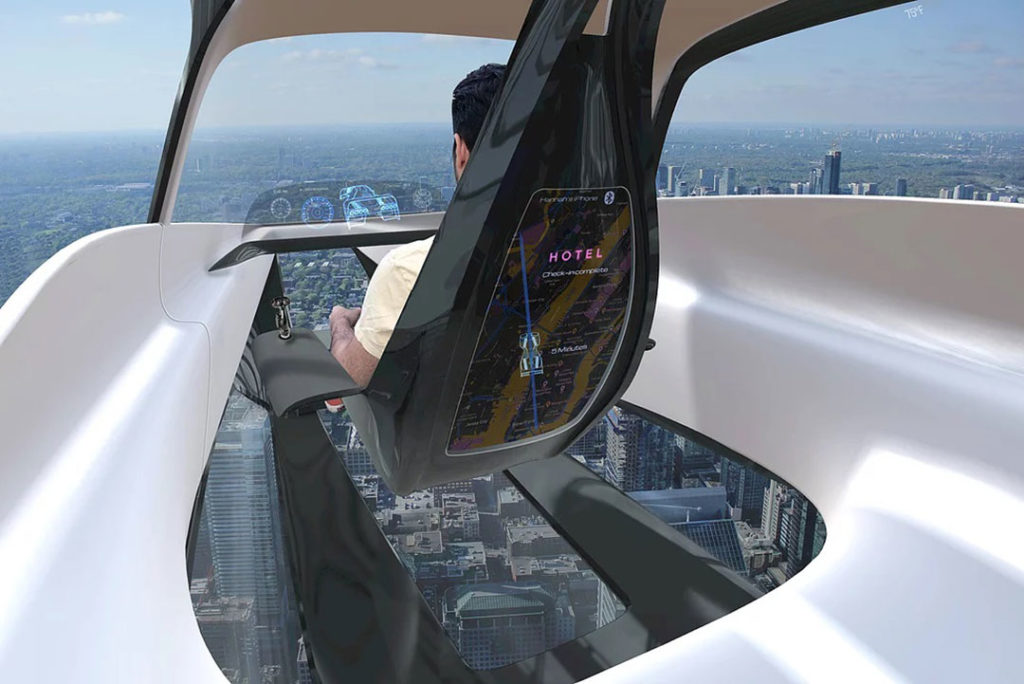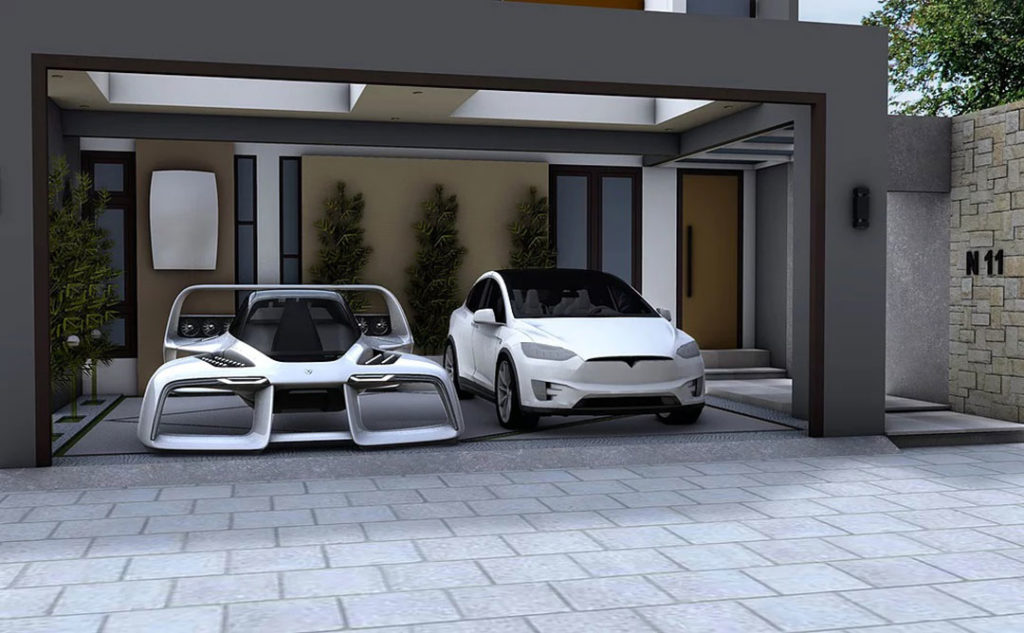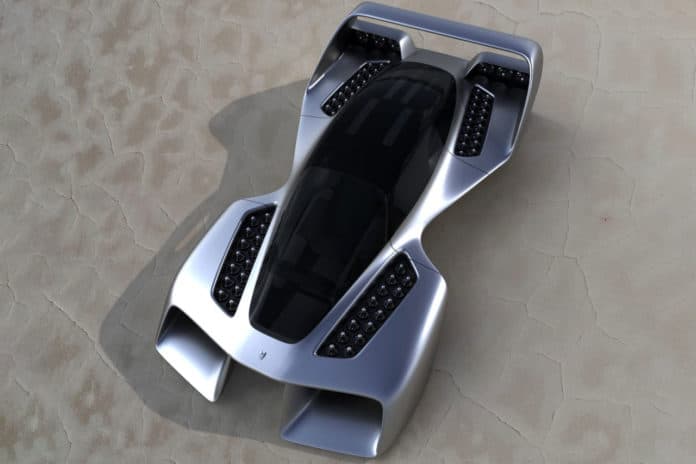The dream of flying cars is very old and whether it will really work remains to be seen. However, the list of air taxi manufacturers continues to grow with some futuristic designs such as the teTra Aviation’s Mk-5, Talyn Air’s two-stage eVTOL air taxi, RX eTransporter, and many more.
Now, the startup Urban eVTOL has shared insights into the personalized electric air transport of the future. Dubbed the LEO Coupe, the vehicle is the result of a collaboration between Carlos Salaff, an automotive designer, and Pete Bitar, an engineer specializing in vertical propulsion systems.

While the race of building air taxis is dominated by vehicles that resemble drones or jets rather than actual cars, Urban eVTOL’s air taxi is an automobile for the sky – as science fiction has foreseen.
The LEO Coupe, which currently only exists on paper, is an all-electric jet turbine-propelled eVTOL that actually looks more like a luxurious hypercar ready to soar over the city. It is a three-seat lift-and-cruise design running 16 of Bitar’s electric ducted fans for vertical lift and several more at the rear for horizontal thrust.
The batteries are placed in front and in the back for the balance, and together they provide a power of 66 kWh and a flight time of an hour and 15 minutes, including about five minutes of vertical takeoff and landing, with reserves. With the high forward speed of 250 mph (400 km/h), the range is estimated at nearly 300 miles (480 km), roughly, on a single charge.

The cockpit places the pilot in a central position in a seat suspended from the roof. They promise to make the cabin floor transparent both for enjoying a bird’s eye view and for precise landing control in extremely small areas.
In addition to its style near a hypercar, the design of the LEO Coupe also offers a smaller footprint, equivalent to that of a car. Its compact size of 10′ x 20′ enables it to be privately owned, used as an air taxi, and as a vehicle in any place where space is the limited and ground infrastructure is underdeveloped or nonexistent. LEO Coupe is so compact that it can fit in most 2-car garages. This means that it can be easily parked and land in areas much smaller than those of flying taxis with large fixed wings.
Interestingly, a special inflatable “cat’s paw” solution is being developed for the device, which will smooth the landing and keep the device in a horizontal position even on an inclined surface. Space-type safety airbags for descent vehicles are also being developed to mitigate impacts from very fast landings.

In the future, the company plans to make the vehicle fully autonomous, but until that becomes a reality, you’ll need a pilot for this thing because it would be able to fly at incredibly fast speeds.
According to the startup, LEO’s compact form makes it ideal for fire rescue scenarios, medevac, Coast Guard, tourism, exploration, and more, adding that the vehicle can be used in almost any terrain without developed road infrastructure.
But all this is still only theoretical. Urban eVTOL is planning to get a “flying frame” prototype built and into testing in 2022. It will need to find investors to continue the adventure and finance the manufacture of operational full-size prototypes. The thorny stage of certification will also come, which can take several years.
The company says it wants to target the least demanding markets in this area and aims for the selling price of $290,000, even with quantities under 100 units a year.
